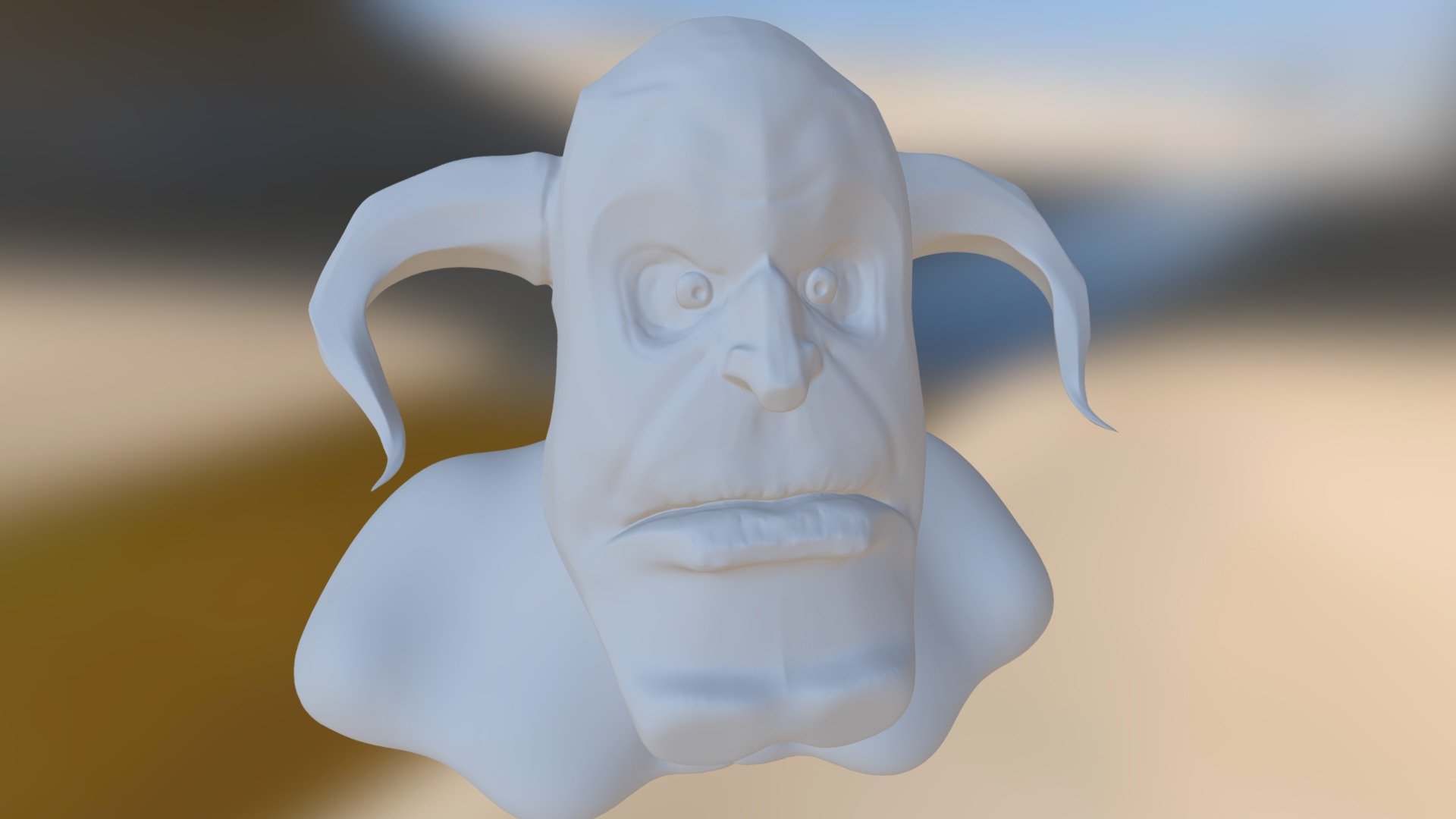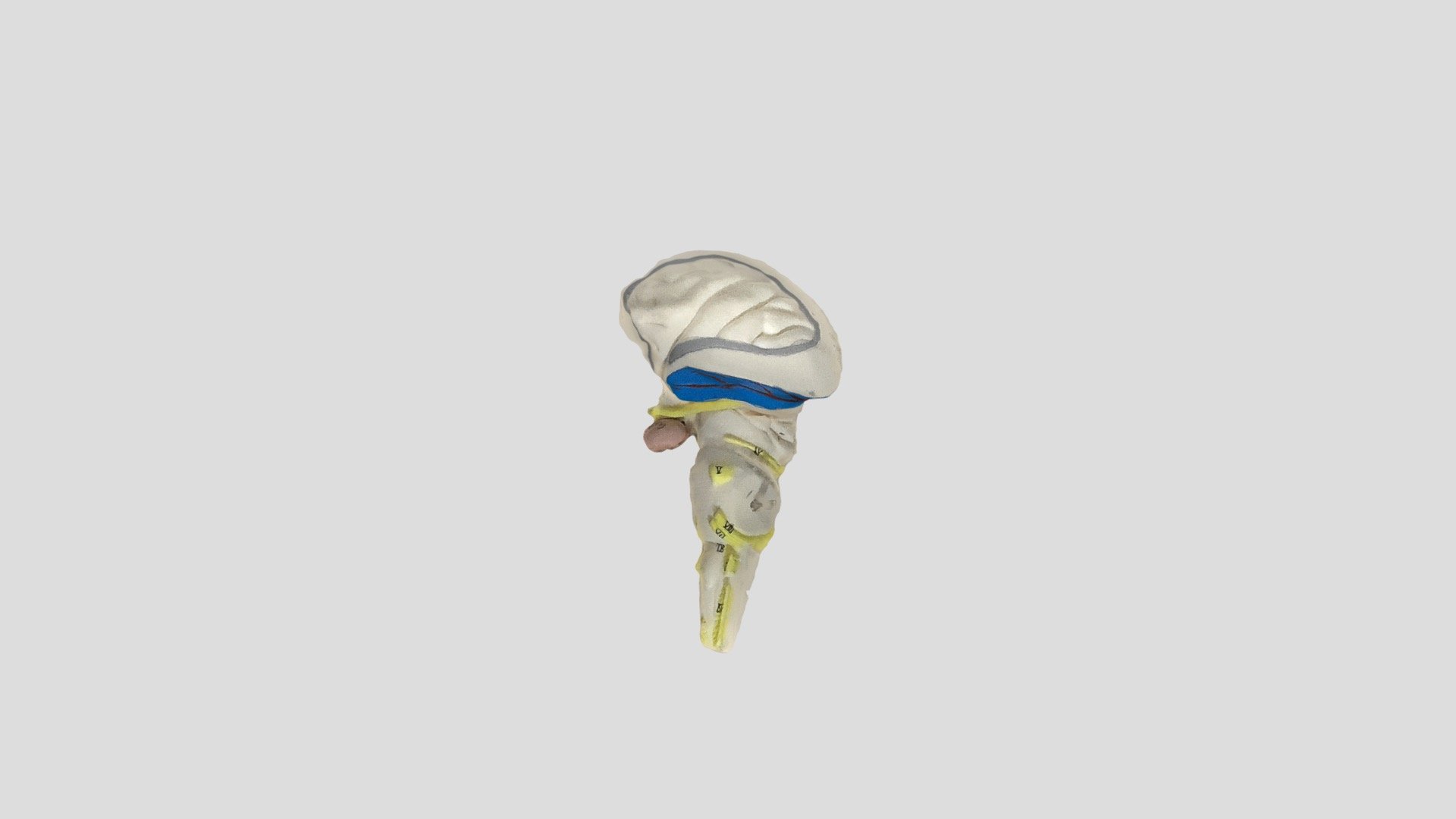This post is also available in:
![]() Español
Español

In a previous episode, I explained how it is possible to reconcile an objective understanding of the Cosmos based on science with a mystical vision of natural phenomena, based on narratives that we build to connect our inner world with the external reality. This is called Poetic Naturalism and through it, or at least through a simplified version of Poetic Naturalism, we can resignify terms and practices that have traditionally belonged to the realm of the supernatural.
This is the exercise I have been doing to redefine the concepts that I have gathered during these years of spiritual path, which have been useful in my life and that have allowed me to help others.
Recently we also talked about good and evil, and we observed how this duality is expressed in many ways in different belief systems. In religion, for example, one talks about virtue and sin, but in esoteric knowledge there is often a duality of light and darkness.
These terms are frequently used interchangeably, and it is often thought that light is equivalent to good and darkness to evil, but in the ancestral perspective I learned, light and darkness have more to do with their physical rather than their esoteric meaning. Light represents pure consciousness and darkness represents the absence of light, i.e. unconsciousness. From that point of view, there is no moral judgment on what that light reflects or what that darkness hides. It simply recognizes the fact that there are situations, behaviors, thoughts, sensations, emotions and reactions that we can identify at the moment they occur and therefore correspond to our conscious will. We could say that those thoughts, emotions and reactions are in the light.
But there are other processes that happen without us realizing them, one could say against our conscious will or even to the detriment of our own interests. Self-destructive thoughts, sensations that do not come from any real stimulus like phobias, emotions that cause us suffering like hate and envy, or disproportionate reactions like anger or panic. All these things are what we could call darkness, not because they are bad but because they do not take place consciously, we cannot see them, they are hidden. In fact, we could find some examples of positive things that are in the dark. For example positivism: There are people who are naturally positive, even beyond logic they are able to remain optimistic despite adverse circumstances. That may be good but it is still an example of darkness as its not rational.
Another example could be heroism, there are people who have the ability to put aside their own interests or even their own life for the sake of others. I am talking again about cases in which such behaviors arise without a conscious mental process. If it is unconscious, it is part of the darkness. Why? Because even love when experienced without consciousness can end up causing unnecessary harm. Positivism disconnected from consciousness can become stubbornness, stubbornness, and heroism can become a form of unnecessary martyrdom.
Light is associated with values related to balance: love, consciousness, equanimity, justice, understanding, truth. Hence the expression “to shed light” which could also be interpreted as “to enlighten”. Science and spirituality seek to “shed light” where there is darkness: science on all the physical phenomena that we do not understand and spirituality on all the phenomena of the human mind of which we are not aware.
Darkness does not mean evil but it is the ground where evil thrives: unconsciousness, fear, tyranny, conflict, deception. The period of time between the fifth and the fifteenth century in Europe is remembered as the “Dark Age” or obscurantism because it was a time of little intellectual advancement, compared with the times of classical Greece and the Roman Empire that preceded it, and the Renaissance that came later, when there was an explosion of scientific and artistic creativity. However, many historians avoid the use of the term “Dark Age” precisely because it carries an amount of negative overtones, partly because of popular culture in which this period is often identified with violence and backwardness.
Needless to say, the stigmatization of darkness has much to do with the racism that has been prevalent in Western culture since its inception. The black, the shadow, the darkness are related to evil, sin, vices and therefore, throughout history, black women and men have been defamed, being considered prone to evil, sin and vices.
Of course, us humans have an instinctive fear of the dark because we are predominantly daytime animals with little or no sensory adaptation to the dark unlike snakes, cats or rodents. Historically, we were hunters during the day but prey at night and therefore we have a natural distrust of visual darkness, but it has been darkness of the mind that has prevented us from overcoming these primal constraints and recognizing our mental biases.
The darkness and its demons
Earlier we discussed how our brain has been evolving in layers over millions of years. Homo sapiens became the dominant species on planet Earth thanks to a number of physical and mental adaptations. Among the latter we have the awareness of ourselves, of the past and of the future, of the long-term consequences of our actions and of our own and our fellow human beings’ emotions. This number of phenomena that are generalized with the term “consciousness” should rather be called “human consciousness” because some of these more or less sophisticated processes have been proven in many other animal species.

That human consciousness, as we saw in the episode about the Self, emerges from the cerebral neocortex with particular focus on the frontal lobe, a system that has to coexist and cooperate with the other two layers of the brain: The limbic system, also known as the paleomammalian cortex, which is where the emotions we share with the rest of the mammalian animals originate: maternal instinct, social behavior, motivation to make decisions and long-term memory.
For this is the battlefield where light and darkness meet: the instinctive forces of human survival and cooperation emerge, doing whatever is necessary to keep us alive and safe, and the neocortex has to put a stop to emotions and keep them under control so they don’t get out of hand. For example, neuroscience has identified the brain activity related to sexual orientation, fear and emotions in a small part of the limbic system called the Amygdala and instinctive forces such as hunger, thirst and sexual desire in the hypothalamus. Both of these areas belonging to the limbic system.
Science has called all these brain processes as I have referred to them: instincts, natural pressures. Religion has another name for them: Demons.
All those beings that we are told that are tempting and seducing us so that we surrender to our appetites and primitive instincts are in the limbic system. With or without the involvement of consciousness, they are going to do what they must do: force us to eat, drink, sleep, rest, seek love and reproduce. Have you ever done an involuntary fast or walked away from someone you love from one moment to the next? Then you have realized how these processes of the limbic system battle in order to give us back what we are depriving ourselves of.
Indigenous philosophy has a different way of seeing these mental systems: they are not called demons but internal animals.
The initiates say that within each one of us there is a serpent coiled in our spine. This represents sexuality. Also that there is a bull in the chest, which would be anger, a sloth could be associated with laziness, the crow with envy and the parrot with gossip.
While in traditional religions, the aim of spirituality is to resist the temptation of demons, and in some esoteric cults like Gnosis, the work consists in destroying them altogether, for the Amerindians, the inner work is also called “inner hunting”. But this is not a hunt to destroy but to capture and tame the animal that is being chased.
Old men say that these animals must be hunted one by one because otherwise they will take turns to counterattack when they feel chased. Then you have to follow the animal silently and observe it very carefully, learn the time when it wakes up, how it moves, how it feeds, what calms it down. Then you should approach it little by little, never seeming threatening but, on the contrary, always showing empty hands, without ever losing sight of the animal. Finally, after many attempts, when the animal discovers that the warrior is respectful to it and is there to learn from it and unite with it, then the animal bows its head and lets the halter be thrown around its neck.
Does this story sound familiar to you from somewhere? Where have you seen this relationship between a warrior or hunter and a wild animal? That’s right! This is the plot of “How to Train Your Dragon”, a film full of wisdom where we see an insecure and fearful boy approach and finally tame precisely a black dragon of a race called “Night Fury”. We also saw this in Avatar, when Jake Sully, who is an impulsive and undisciplined boy, becomes the first Na’vi to tame Toruk, who is -again- an imposing flying animal, like a kind of dragon. I am also reminded of the Life of Pi, in which Pi ends up taming the tiger that travels with him in his boat.
Note that in the latter case, the metaphor is even more precise because not only is it a wild animal, but it is on board of the same vehicle, so there is no way to run away. Either the tiger is tamed or Pi ends up becoming the prey.
The moral in all these stories, which for some reason makes us feel identified and excited, is that once the animal has been tamed, the warrior and the animal become one. In Avatar, they called Turuk Makto whoever managed to conquer the beast and join it – quite literally, because in Avatar the Na’vi connected their hair to that of the animal.
Now we know where the stories of Greek mythology about beings half man and half beast came from: Centaur if it’s a horse, Minotaur if it’s a bull, or Manticore if it’s a lion.
The Mayans talked about the Nahual or guide animal, which comes from the same cosmovision of mastery over the internal animals, and although they talk about the capacity of the initiates to physically become their guide animal, the truth is that it is most likely more about the adoption of characteristics that are attributed to each animal. Like the vision of the eagle, the ear of the ocelot or the smell of the wolf.
In Colombia, the knowers of the Cofán ethnic group, also tell stories of elders such as the Taita Querubín Queta who is said to have the ability to morph into a jaguar at will. The jaguar for most Amazonian ethnicities symbolizes the wisdom and strength of Ayahuasca so it is not surprising that during the trance of Ayahuasca on a moonless night, many agree to see their revered grandfather take the form of a black panther.
In short, we have made a somewhat strange journey from the processes of the limbic system in the brain to Greek and Amerindian mythologies, but I have only supported my initial hypothesis of how the initiatory knowledge of many cultures can be validated from the point of view of science, making use of the concept of poetic naturalism to use narratives or fantastic stories that represent very real and experimentally verifiable events.
The throne and the scepter
But then we are missing a part of the sacred trinity of the mind: We have already spoken of the Neocortex, which is where human consciousness emerges, the limbic system where the emotions and mammalian instincts are found. We are missing the R complex or reptilian brain, although its most accepted name is the brain stem.
We saw in a previous episode that the most primitive instincts reside in the brain stem and that they emerged during evolution when we still formed a single family with the reptiles. We saw that this region of the brain produces the instinct of aggressiveness, respect for hierarchies and territoriality. Here the key part that I want to highlight are the last two functions: hierarchy and territoriality.
In addition to this, the brain stem is also in charge of the autonomic functions of the nervous system including breathing, heartbeat, sleep and wakefulness.
This is the most important part of the journey we have been taking so far, because we are coming to the most important place for an initiate: The Sanctum Sanctorum and we will see why.
The autonomous processes of the human body are those that function in a totally unconscious way. They do not require our attention or our intention, yet they fulfill their function perfectly. They are not hidden, so if we pay attention to them we can see them, feel them, and even control them to some extent. Yes, even the heart rate can be altered with the right techniques.
Heartbeat and breathing are the fundamental tools for different types of meditation, sleep and vigil are tools that many esoteric cults use to make internal trips and contact what they call “other dimensions”. Look how curious, these tools are located in a part of the brain that has the same shape of a crosier. If you Google an image of the brain stem, you will find a kind of scepter formed by the spinal cord, the spinal bulb, the Varolio bridge and the head of the staff that is called the Thalamus.

That is the staff of the indigenous elders, the scepter of the esoteric magician, the crosier of the bishops. It is there where the inner work is carried out and the mastery is achieved in order to subsequently go and do the hunting of the internal animals on the battlefield of the limbic system.
By learning to control the autonomous processes of breathing and heartbeat, we learn to take control of our emotions, to overcome disordered states of mind and ultimately to tame our instincts and inner chaos. This is called meditation.
The shamans train themselves with the staff and then use their wisdom and power, conquering with the light of consciousness all those unconscious mental aggregates that make our existence bitter and that are waiting for us to wake them up.
I told you that the limbic system is the battlefield on which light and darkness fight, and we discussed the instincts and natural forces of the mind, which are what many identify as demons. So are there also angels? Well, the brain has many mysteries and many aids, but one in particular that we know about, is in the limbic system just above the brain-stem staff, it is a very special gland for the esoterics: The pineal gland.
Many mystics claim that this gland is a dimensional portal, that it is the way to contact the divinity, that it is the third eye and other things that for the time being remain in the field of mystical speculation. But what science has discovered is that the pineal gland produces Dimethyl Tryptamine or DMT, which is the same psychotropic chemical compound that Ayahuasca and LSD contain. Nowadays, the functions that this chemical has in the brain are still being discovered, but some that have been demonstrated are the production of emergency oxygen to avoid the death of cells when a sudden lack of oxygen occurs, the regulation of sleep cycles, but the most curious one: the production of mystical experiences and altered states of consciousness.
Could the pineal gland be responsible for generating experiences of encounters with spiritual or divine entities? And if so, the question would be, why do we humans need these experiences as part of their evolution?
In any case, there it is the game board on which we are going to continue discovering spirituality linked to science and the path to awakening and coming out of the matrix. The task is to shed light on the darkness, reveal what is hidden, train our inner animals and find an individual balance that will bring us lasting peace and happiness. This process is known as Enlightenment.
I recommend you to listen:
The Experience of Reality – One Self That Is Actually Many
Can you be skeptical and spiritual at the same time?
Sources:
https://kidshealth.org/es/teens/brain-nervous-system-esp.html
https://en.wikipedia.org/wiki/Limbic_system
https://en.wikipedia.org/wiki/Amygdala
https://beckleyfoundation.org/2017/07/05/do-our-brains-produce-dmt-and-if-so-why/


